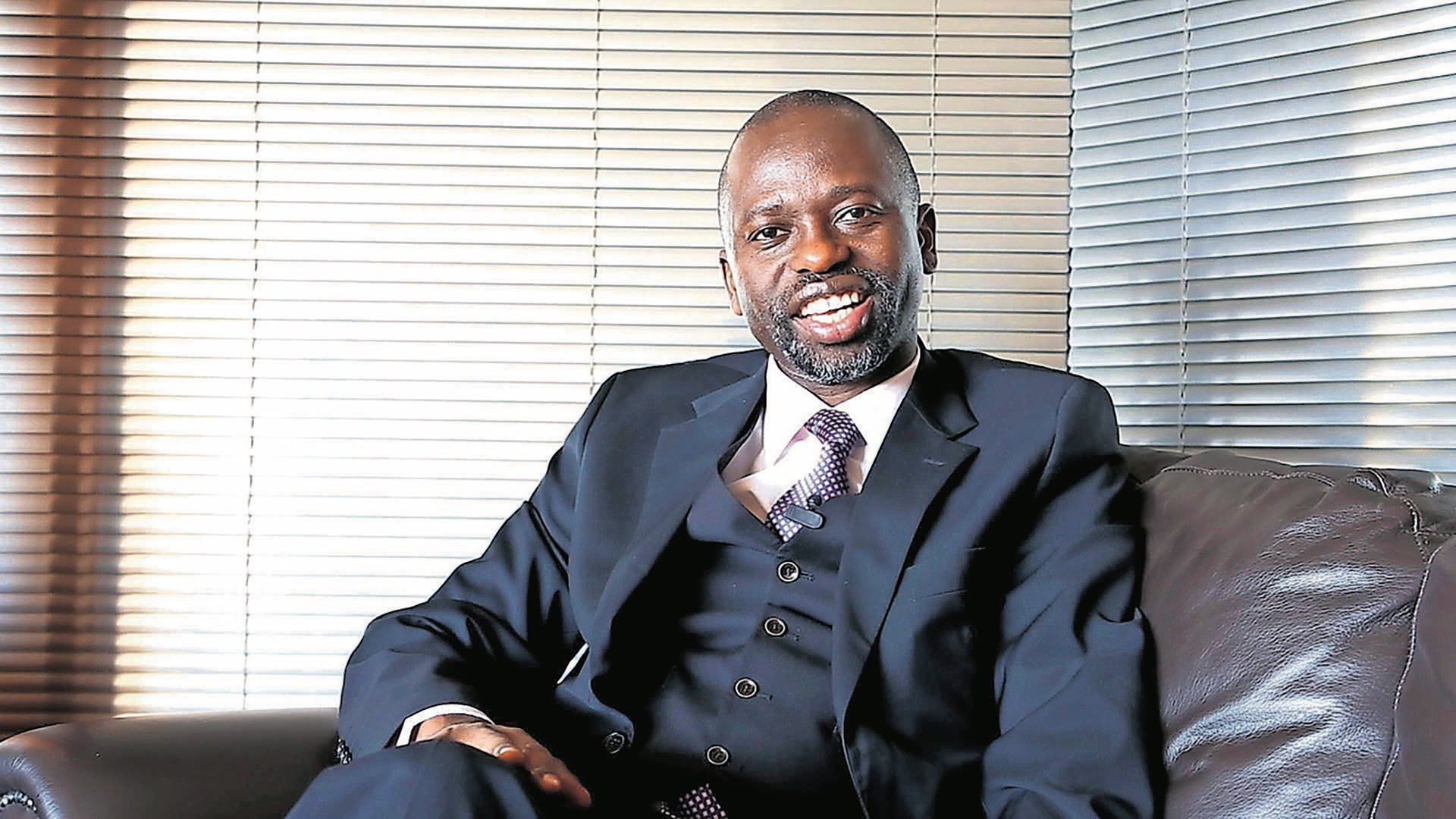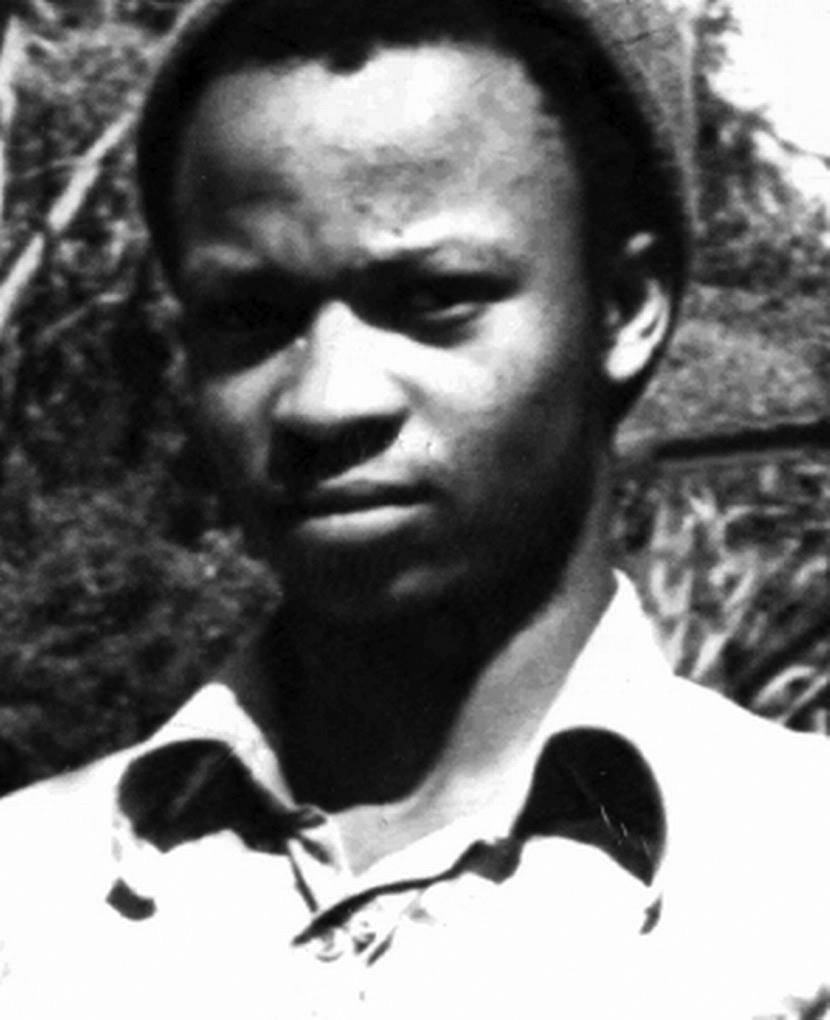
In a welcoming speech during the South African Music Awards in April 2016, Refiloe Ramogase had a poignant message on the 40th anniversary of the June 16 1976 Soweto uprising: “… Soweto not only serves as a reminder of the selfless bravery of our youth 40 years ago but also reminds us that actions motivated by yesterday, taken today, set the course for tomorrow. If one is bold enough, one can change not only the course of history, but the course of the future…”
Ramogase’s words rang in my head yesterday when I went to the Morris Isaacson Secondary School to deliver the Tsietsi Mashinini Lecture on the fourth industrial revolution.
To understand Mashinini, one needs to understand the political mood of the time. It was the time of the black consciousness movement and Steve Biko.
It was also the time when the ANC was facing its great challenge. Its leaders such as Walter Sisulu and Nelson Mandela were in jail, and others such as Oliver Tambo and Yusuf Dadoo were in exile.
The announcement by then minister of education Andries Treurnicht that black students would be taught in Afrikaans sparked what would become the bloodiest uprising in the history of South Africa.
It was only a spark because the socioeconomic conditions of black people were appalling.
It was also the time of the implementation of the Bantustan policy that led to the so-called independent states of Transkei, Bophuthatswana, Venda and Ciskei – a decision that was nothing more than the Balkanisation of black people along ethnic lines.
And with that came the consolidation of Bantu education, which was far inferior to the education of whites.
The Soweto uprising forced many young people into exile and swelled the ranks of the ANC, pushing the struggle against apartheid into high gear.
How did Mashinini lead an uprising that changed the face of resistance against apartheid?
To understand this question, one needs to read and understand Franz Fanon, who stated that “… each generation must, out of relative obscurity, discover its mission, fulfil it or betray it”.
Mashinini discovered his mission, which was to liberate his people, and decided to fulfil the mission rather than betray it.
Out of the riots, Soweto became internationally known for its uncompromising and determined purpose to overthrow the apartheid regime.
What has now happened to Soweto? Today the face of the township has changed from the dreary, hideous settlement it used to be into a modest and attractive suburb.
However, education in Soweto is struggling. The middle class continues to bus their children to schools in the suburbs for better education.
A month ago, Pumla School for the Severely Mentally Handicapped in Orlando West was disrupted after parents accused its management of maladministration.
Most schools suffer from crises such as vandalism and theft of property, drug abuse, stabbings and rapes.
At times like these, where are the modern-day Mashininis?
There was no internet at the time of Mashinini and one could not suddenly connect with the world through applications such as Facebook, Twitter, and LinkedIn.
Last month, Soweto became the first township in the country to receive fibre internet, which will thrust the area into the fourth industrial revolution.
What is this fourth industrial revolution? It is the confluence of advancements in digital, robotic and biological technologies and is catalysed by artificial intelligence (AI).
AI is a technology that makes machines intelligent. Because of AI, aeroplanes are now able to fly without pilots and cars are driving themselves. AI is replacing human beings with machines.
Read: UJ student's plan to resurrect Soweto uprising met with a choke slam
No more than 50 people operate the brewery in Port Elizabeth, which, when it was completed 20 years ago, was the most automated brewery in the southern hemisphere. This brewery produces more alcohol than its predecessor that employed 4 000 people.
To conquer the fourth industrial revolution requires the new Mashinini. What are the characteristics of the modern-day Mashinini?
The person should be very educated. Such a person should be an expert in the human, social and technological sciences.
An individual should be open-minded and understand that in this new era, critical thinking is more important than memorisation of facts, because all information is now readily available on the internet.
Such a person should understand that problem-solving is more important than repeated work. The modern-day Mashinini should realise that creativity is more important than copying other people’s ideas.
The individual should know that the age when countries economically rise by copying technologies from others, is gone.
The Mashinini of today should understand that coordinating with others, using techniques such as crowdsourcing, is more valuable than individual effort.
The person should know that emotional intelligence is useful in the fourth industrial revolution era because teams are more diverse and creative. The person should be able to pre-empt the harmful and unintended consequences of technology.
For us to succeed in this new era, we should become excellent students who learn continuously.
The acquisition of knowledge should be broad, spanning the humanities, social sciences, science and technology.
This activist should not only be driven by ideologies but by scientific ways of reaching conclusions, which are based on hard evidence. The modern-day activist should have a global mind-set instead of narrow nationalism.
As Mashinini would have realised, having lived elsewhere in Africa, the economic fortune of South Africa is firmly tied to the fortunes of Africa.
Unlike Japan that left Asia economically behind and its foremost thinker, Yukichi Fukuzawa, proudly proclaimed “Goodbye Asia, we are leaving you behind”, South Africa cannot leave the rest of Africa behind.
Naturally, the activist of the modern era should be cosmopolitan.
The activist should be grounded in the community, understanding our problems and always seeking to resolve them.
When Google Translate is unable to translate words from isiZulu to English, the activist should be at the forefront of finding local solutions.
When Google Maps is unable to pronounce African street names, the individual should be thinking of creating our local electronic maps that use our diverse accents.
The modern activist must be innovative. This activist should understand that research leads to innovation, which leads to intellectual property, which leads to products.
We can achieve all these attributes by demanding good education, which is precisely what Mashinini fought for in 1976.
Marwala is the vice-chancellor and principal of the University of Johannesburg




 Publications
Publications
 Partners
Partners









